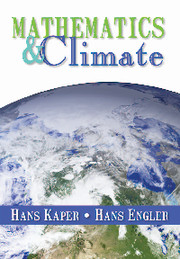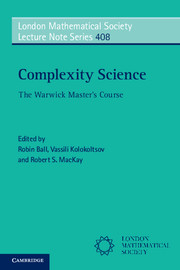Applied and Computational Measurable Dynamics
Until recently, measurable dynamics has been regarded as a highly theoretical mathematical topic with few obvious links to areas of applied mathematics. The advent of high-speed computers, rapidly-developing algorithms, and new numerical methods has, however, allowed for a tremendous amount of progress and sophistication in efforts to represent the notion of a transfer operator discretely but to high resolution. This book connects many concepts in dynamical systems with mathematical tools from areas such as graph theory and ergodic theory. The authors introduce practical tools for applications related to measurable dynamical systems, coherent structures and transport problems. The new and fast-developing computational tools discussed throughout the book allow for detailed analysis of real-world problems that are beyond the reach of traditional methods. This book is intended for researchers and students at the advanced undergraduate level and above in applied dynamical systems, computational ergodic theory, geosciences, and fluid dynamics.
- Presents recent developments of applied aspects of measurable dynamics
- Describes powerful computational tools that can be used to analyse real-world problems beyond the reach of traditional methods
- Suitable for researchers and students in a wide range of fields, including applied dynamical systems, computational ergodic theory, geosciences and fluid dynamics
Product details
February 2014Paperback
9781611972634
370 pages
254 × 178 × 20 mm
0.68kg
This item is not supplied by Cambridge University Press in your region. Please contact Soc for Industrial null Mathematics for availability.
Table of Contents
- Preface
- 1. Dynamical systems, ensembles, and transfer operators
- 2. Dynamical systems terminology and definitions
- 3. Frobenius–Perron operator and infinitesimal generator
- 4. Graph theoretic methods and Markov models of dynamical transport
- 5. Graph partition methods and their relationship to transport in dynamical systems
- 6. The topological dynamics perspective of symbol dynamics
- 7. Transport mechanism, lobe dynamics, flux rates, and escape
- 8. Finite time Lyapunov exponents
- 9. Information theory in dynamical systems
- Appendix A. Computation, codes, and computational complexity
- Bibliography
- Index.








